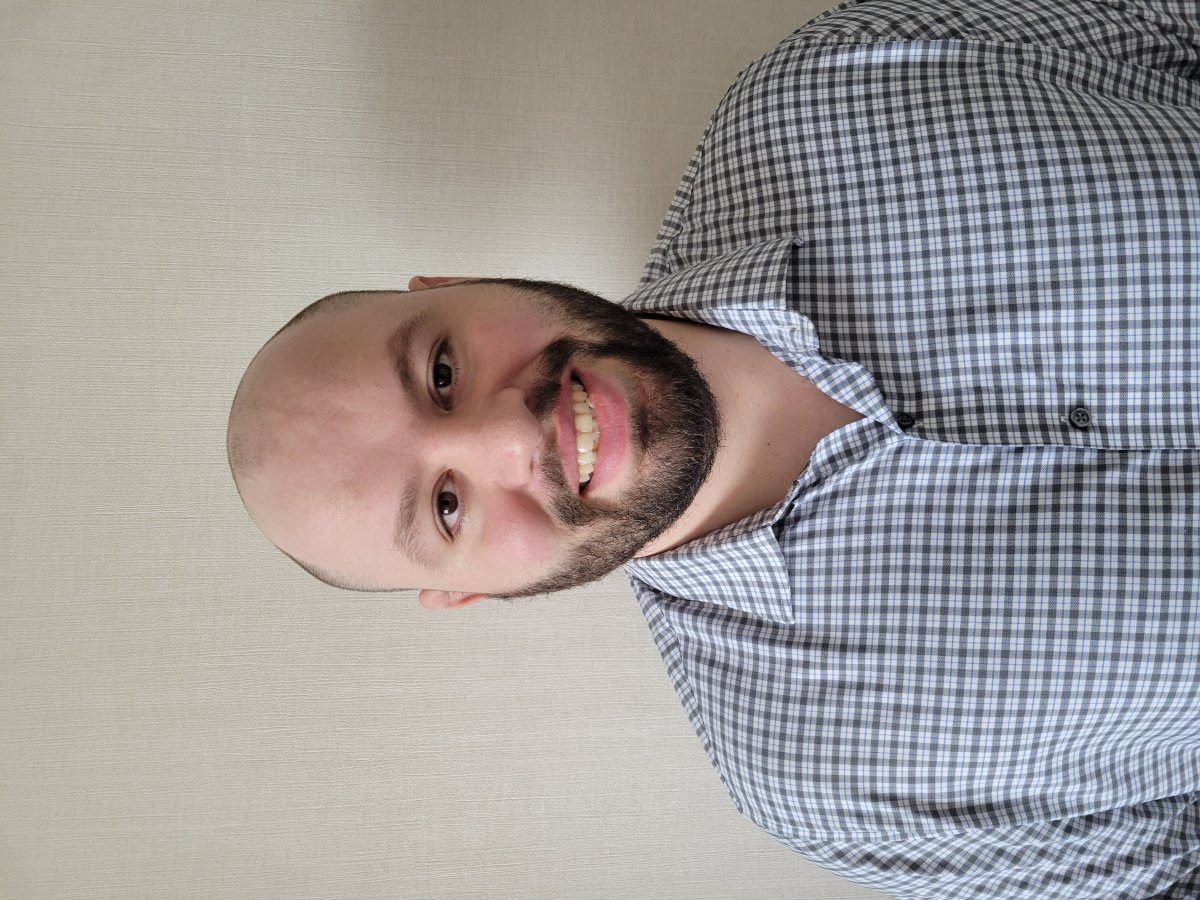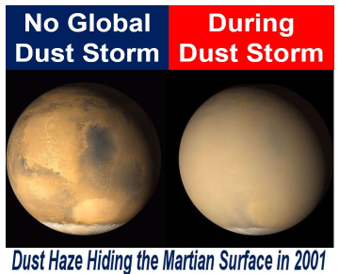Graduate Student Research Profile: Michael Kroells

When Michael Kroells (BAEM ’17) began considering where to attend college, Aerospace Engineering and Mechanics at Minnesota didn’t immediately come to mind. In fact, he chose the University of Minnesota because he received an athletic scholarship for wrestling. However, once on campus, the Belle Plaine, MN native decided to major in Aerospace Engineering since it placed a strong emphasis on physics and mathematics. Kroells eventually graduated at the top of his AEM class, and also as a three-time All-American as part of the Gopher wrestling team.
While an undergraduate, Kroells took Professor Tom Schwartzentruber’s Computational Fluid Dynamics (CFD) course. He enjoyed the class so much that he continued his academic studies in graduate school, where he joined Schwartzentruber’s research group. In his first year of the Ph.D. program, Schwartzentruber suggested he apply for a NASA Space Technology Graduate Research Fellowship (NSTRF). Learning that the objective of this fellowship is to “contribute to NASA’s goal of creating innovative new space technologies for our Nation’s science, exploration and economic future” made it a perfect fit for his studies. In 2019, Kroells was selected as a recipient of this fellowship and has been funded by this program ever since.

PhD Research
Kroells’ Ph.D. research involves developing computational models to better design the thermal protection systems (TPS) needed for space vehicles, with focus on space vehicles traveling to Mars. Large dust storms that periodically form in the Martian atmosphere pose a threat to NASA missions due to a lack of understanding of how these storms will affect the vehicle’s performance. While these storms occur infrequently, the long travel-times associated with Martian missions make avoiding these events nearly impossible and therefore their effect on the TPS must be estimated conservatively. However, due to the small amount of relevant experimental data, most predictions rely heavily on computational methods to estimate TPS erosion from the dust.
Kroells' research has focused on the development of a physics-based drag model for flow over spherical particles, which includes a sensitivity study of dust-induced surface erosion to the underlying particle modeling for a complete Martian entry trajectory, and the modeling of particle-particle collisions using a stochastic process. He has developed a spherical drag model that incorporates Direct Simulation Monte Carlo (DSMC) results to reduce the number of required fitting parameters. Kroells' model compares very favorably to the available data and is more accurate as compared to some of the widely available semi-empirical models. It also retains an explicit dependence on gas type and is accurate in the rarefied regime, both of which are essential for modeling particles in the Martian atmosphere.

Research projects
Kroells and other researchers from Schwartzentruber’s group are working on other problems involving TPS erosion from particle impacts. They are examining TPS dust erosion from particle impact and heating by using a simulation tool, US3D, developed by Professor Graham Candler’s research group. US3D is capable of 3D simulations on complex geometries for compressible and reacting flows such as those that occur during atmospheric reentry. They showed that the surface erosion was almost completely insensitive to the drag and heating models but was very sensitive to the size distribution modeling. The group is also working to develop faster methods to explore particle impact on material surfaces. The results from all these studies are needed to inform the experimental studies that NASA will do to support future Mars missions.

Looking to the future
Kroells will defend his thesis, “Investigation of Particle Effects on a Hypersonic Mars Entry" this Spring 2023 semester. He then plans to continue on in Tom Schwartzentruber’s lab as postdoctoral researcher.